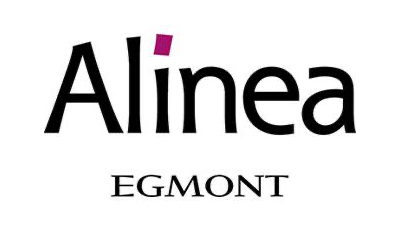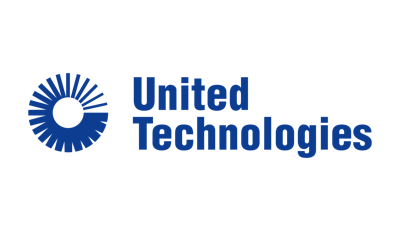About the client
The client’s department delivers innovative software and consulting services for clinical documentation improvement, computer-assisted coding, physician mobile applications and outcome quality reporting.
The challenge
The verification of the hospitals’ performance is based on quality indicators (QI) defined by the authority. Due to regulatory realignments associated with a possible significant financial impact on hospitals not meeting the quality standards, the interest in validating the quality in advance has increased. Due to the high complexity of the syntax and no dedicated software, the creation of the QI is laborious and short on error handling, resulting in poor quality, not meeting the end customers’ expectations.
What we did
Our team was responsible for defining the architecture, proposing the full technology stack and implementing a graphical editor for the QIs. The editor was expected to be a standalone application installed on the users’ machine. However, the architecture was designed to be extendable and scalable, to keep the door open for transforming the application to the client-server architecture, if required. We have focused on separating most of the syntax complexity from the user, designing a user-friendly interface, conforming to the UX best practices, providing extensive error handling and syntax suggestions. The concentration on the performance and quality was maintained throughout the entire development process by constantly performing Unit and E2E tests. We have been working in Scrum, closely cooperating with key users, keeping their needs in sight. We were able to deliver value in short releases.
The effects
- Robust, scalable and future-proof architecture,
- High code quality,
- Reduced time to market.















